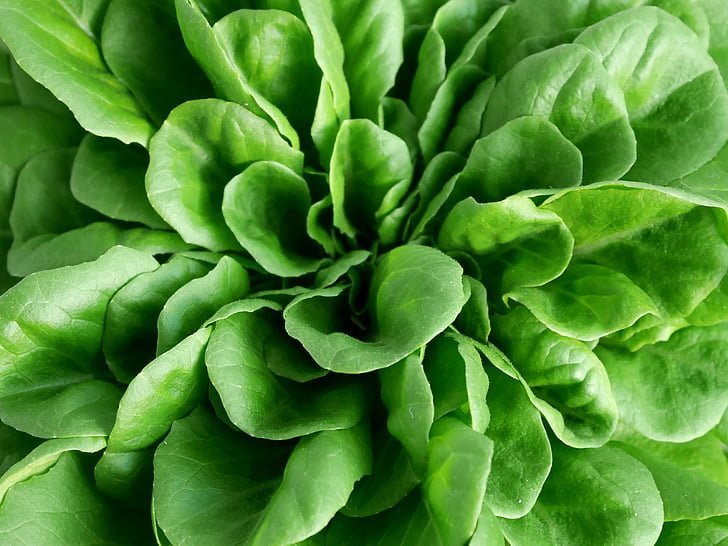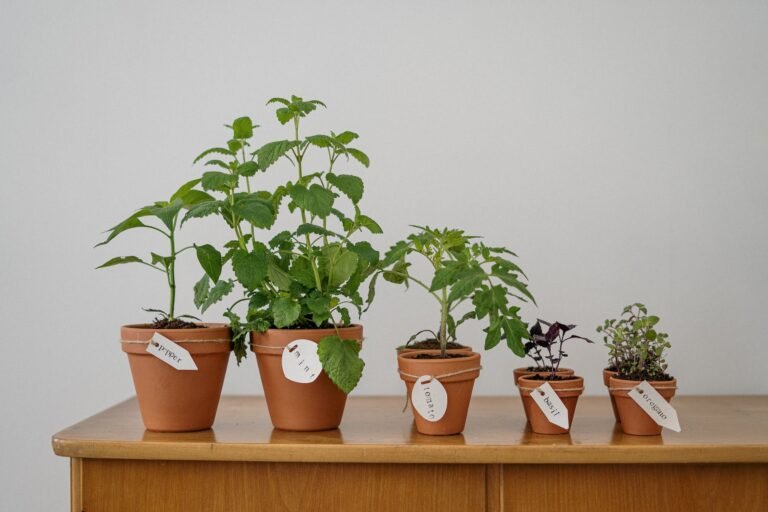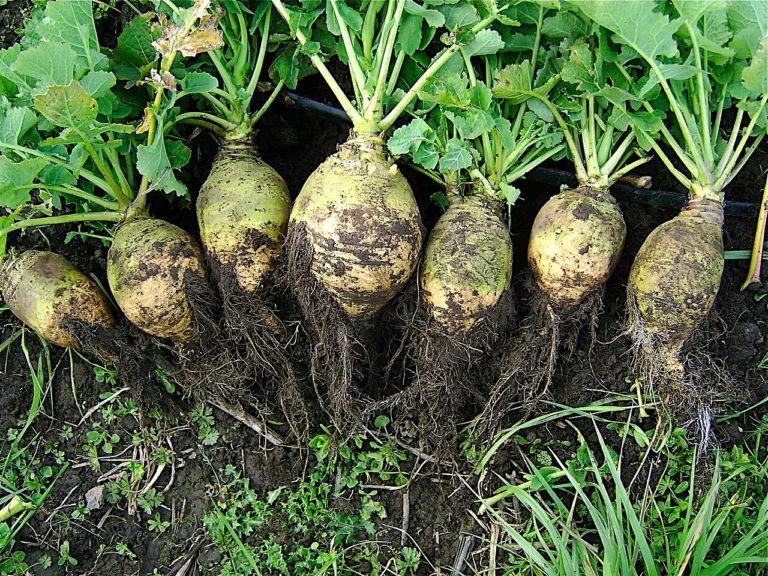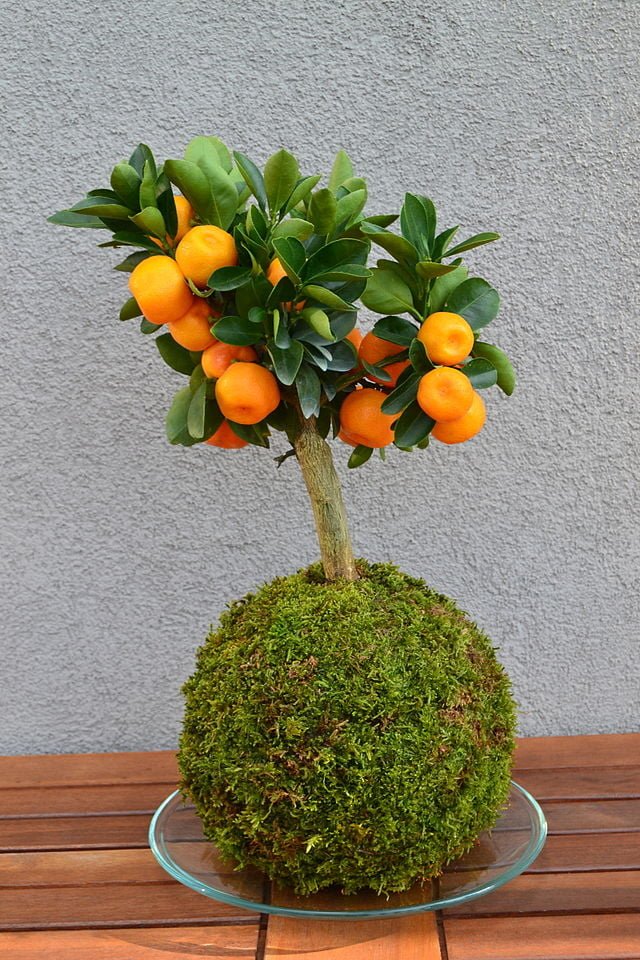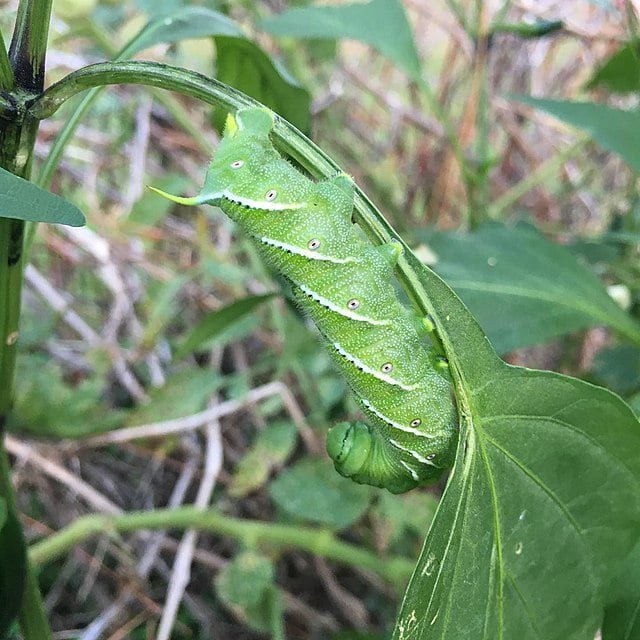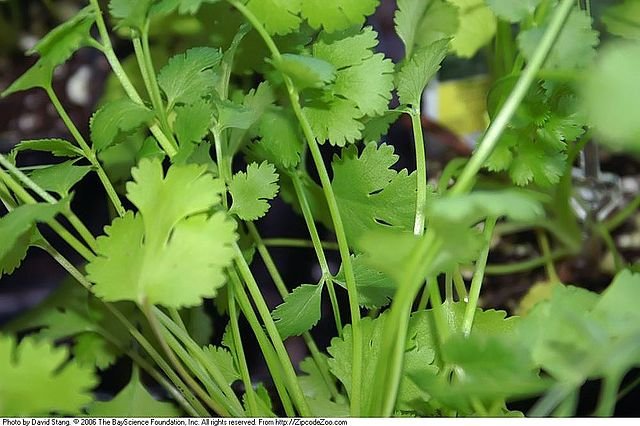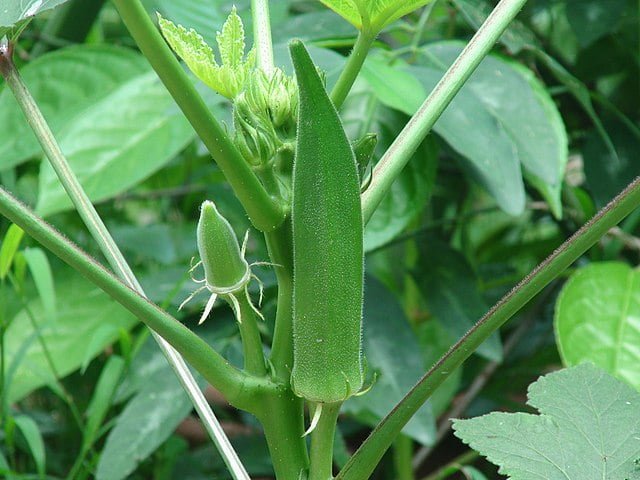The Crisp Revolution: A Detailed Guide to Growing Salanova Lettuce
Salanova lettuce, known for its superior taste, attractive presentation, and longer shelf life, has revolutionized the world of leafy greens. This lettuce variety has gained popularity among home gardeners and commercial growers alike, with each head producing multiple uniformly-sized leaves that are ideal for salads and garnishes. If you’re ready to jump on the Salanova bandwagon, this article will guide you through the steps of growing this delightful lettuce variety in your garden.
Understanding Salanova Lettuce
Salanova lettuce (Lactuca sativa) is a patented product from the vegetable seed company Rijk Zwaan. It comes in two main types: butter and incised, each with different leaf shapes and colours, including green, red, and multicoloured. Unlike traditional lettuce that requires manual separation, Salanova lettuce leaves separate naturally once the core is removed, saving time in salad preparation.
Planting Salanova Lettuce
- Soil Preparation: Salanova lettuce prefers loose, fertile, and well-drained soil. Amend your garden soil with compost or well-rotted manure before planting to enhance its fertility and water retention capacity. This lettuce variety thrives best in a soil pH between 6.0 and 6.8.
- Sowing Seeds: You can start Salanova lettuce seeds indoors 4-6 weeks before the last expected spring frost. Alternatively, you can sow seeds directly outdoors when the soil has warmed and is workable. Plant seeds about 1/4 inch deep and 1 inch apart.
Caring for Salanova Lettuce

- Watering: Consistent watering is key for lettuce growth. The soil should always remain moist but not waterlogged. Overhead watering should be avoided as it can lead to leaf diseases.
- Thinning: Once your lettuce seedlings have a few true leaves, thin them out so that they stand about 8-10 inches apart. This gives each plant enough room to mature.
- Fertilizing: While lettuce is not a heavy feeder, applying a balanced vegetable garden fertilizer can promote vigorous growth.
- Pest and Disease Control: Monitor your Salanova lettuce plants regularly for pests like aphids, slugs, and rabbits, and diseases like downy mildew and leaf spot. Use organic or chemical controls as necessary, but remember to always follow package directions.
Harvesting Salanova Lettuce
Harvest Salanova lettuce by cutting the entire plant at the base when the heads are full and firm. Thanks to its “one-cut-ready” feature, all the leaves will be disconnected from the core in one go.
Conclusion
Growing Salanova lettuce in your garden can be a fun and rewarding experience. Not only will you get a plentiful supply of this tasty and attractive lettuce, but you’ll also enjoy the convenience of its easy-to-separate leaves. So, why wait? Start your Salanova lettuce journey today!

